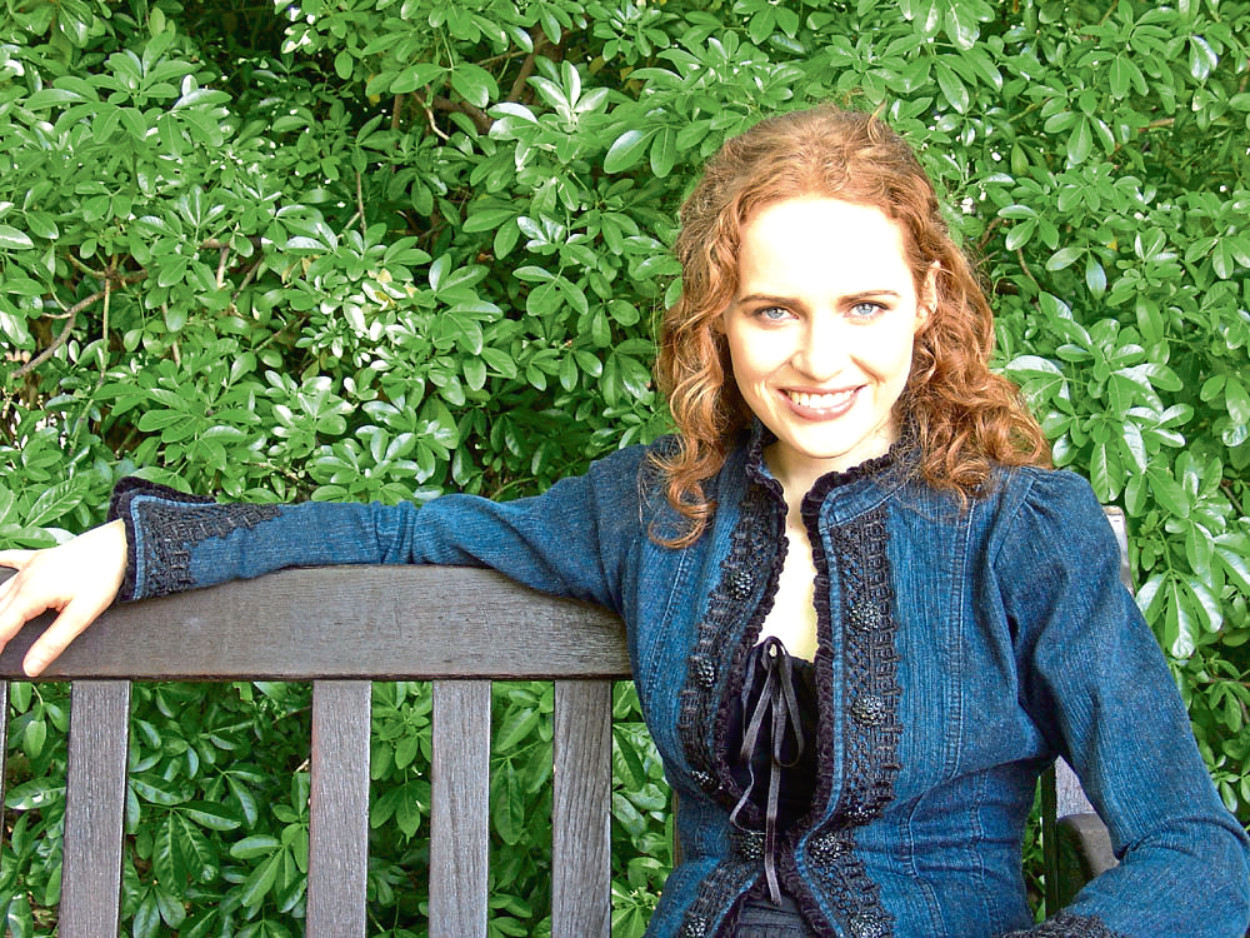
KATE Williams is an author, social historian and broadcaster.
She fell in love with history while studying and has written a book about the rule – and jealousies – of two queens, Mary, Queen of Scots and Elizabeth I. She tells Laura Smith the Honest Truth about royal rivalry
Why did you choose to write this book?
I have always been fascinated by the stories and lives of Mary, Queen of Scots and Elizabeth I, two queens in one island, surrounded by men who wished to take their power. One, Elizabeth, is seen as a great success and yet the other has always been viewed as a failure. But I was keen to consider them in terms of queenship and how they aimed to reign.
Both Mary and Elizabeth wish to rule, rather than be treated as mere puppets, and the men around them attempt to take their power. This is the story of how they fought back – and fought each other in the process.
How were Mary and Elizabeth related?
Mary and Elizabeth were cousins, as Mary’s grandmother, Margaret, was the sister of Henry VIII. We might say second cousins. But Mary tended to call Elizabeth “sister”, appealing to their shared blood, always begging for sympathy and appealing to Elizabeth’s familial loyalties.
What made them rivals and how big a threat did Mary pose to Elizabeth’s reign?
Mary’s shared blood with Elizabeth was to Mary a great bond – but to Elizabeth it was a terrible threat. As Elizabeth had no child, Mary was the next nearest in line for the English throne. Elizabeth and her ministers were constantly afraid that Catholic supporters would attempt to depose her for Mary. They were wrong. It was not until the very end, when trapped, desperate and miserable after nearly 20 years in prison, that Mary involved herself with a plot against her cousin.
How did their approaches to ruling, leadership, faith and their personalities differ?
Elizabeth and Mary had similar attitudes to ruling and leadership – they wanted to rule, not be figureheads. Mary was Catholic where Elizabeth was Protestant. They both tried to introduce religious toleration but Elizabeth’s policy of “don’t ask don’t tell” was accepted, whereas the powerful men around Mary wanted only Protestantism and would take nothing else.
How do we know so much about Mary?
So many of Mary’s letters survive – in archives and collections here, but also across the world. It’s been amazing to go into them, incredible to touch a letter that Mary once held. So many have been overlooked and ignored. I have found a lot of new material about her captivity – and the murder of Lord Darnley. And the answer as to whodunnit – who killed Lord Darnley? Well it was the person who benefitted most… and that was not Mary.
What was the relationship like between these rival queens – and did it change over time?
At first, they were friendly. When Mary arrived back in Scotland to take her throne, plans were made to meet in York, although they came to nothing. Elizabeth had great sympathy for Mary. But when Mary married Henry Darnley, Elizabeth was furious – and Darnley created resentment and hatred in Scotland. Everything began to go wrong.
Did they ever meet in person?
It was Mary’s dearest wish that she and Elizabeth would meet. But they never did. When Mary was imprisoned, she begged for a meeting with more fervour – but Elizabeth would not meet her.
How and why did Elizabeth betray Mary?
Elizabeth’s advisers were set against Mary from the start – partly because of her religion, partly because of her claim to the English throne.
How did Elizabeth feel about ordering Mary’s execution?
Elizabeth was pushed by her ministers and Parliament to execute Mary. She signed the execution warrant quickly, and her ministers seized it and enacted it. When she was told that Mary had been executed, she was devastated.
Rival Queens, Kate Williams, Hutchinson, £25

Enjoy the convenience of having The Sunday Post delivered as a digital ePaper straight to your smartphone, tablet or computer.
Subscribe for only £5.49 a month and enjoy all the benefits of the printed paper as a digital replica.
Subscribe